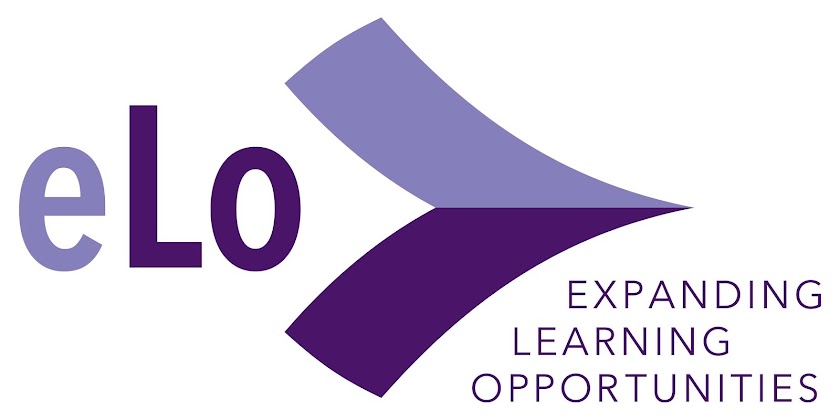The following blog post discusses a valuable online teaching concept known as a “microlecture.” As you read the post, you will learn more about why microlectures can enhance your virtual course including an exemplar showcasing a quality microlecture.
What approaches do you use to deliver your online content?
If you are teaching an online course, the content you deliver was most likely created by another person, whether someone from your institution, a for-profit vendor, or an open educational resource. Perhaps you are one of the few who had the opportunity to share in the creation of the online content. Regardless, it is important to consistently showcase your instructional presence during the course. A common approach gaining traction across the online learning landscape is a term know as "microlectures." A microlecture is a concise, intense recording authored by you about one particular topic. Microlectures are short in duration, lasting only one-four minutes. Important to note, although you are generating a short video, you should still aim to incorporate active learning strategies during the video or after; or a “call-to-action” where you invite the students to apply the new knowledge gained from the video.
Why might you consider implementing microlectures inside your course?
Cognitive science indicates that learners have a limited capacity for learning, both in terms of concentration time and processing multiple channels of information, making it imperative that course content be delivered as succinctly as possible (Clark & Mayer, 2008). The microlecture format offers students the opportunity to focus on a specific concept and minimize distractors. Additional reasons for integrating microlectures may include
- a way for the learner to feel connected to the instructor, almost as if the instructor is speaking directly to the learner.
- providing students with “just-in-time” learning. Students control the playback and may refer to the lecture as often as needed. Not all students will need to access the recording. However, some may benefit from viewing and re-viewing the video multiple times. The recording provides a sense of self-directed learning that puts the student in control. Think of your microlectures as a playlist on iTunes or a menu of shows on Netflix.
- providing you with more academic freedom to share your content expertise with the learners.
- building a library of resources you may use from class-to-class including providing your on-campus learners with the recordings.
- allowing learners to access compelling content on the go from their tablet or mobile devices.
In what ways might I use a microlecture?
Multiple reasons exist to deliver a microlecture.
- introduce or summarize a topic
- explain or demonstrate a concept
- raise awareness or heighten the curiosity of your learners
- spark an engaging discussion board thread
- review for a mid-term or final assessment
- opportunity for students to extend and enrich their learning
- opportunity for students to access remedial resources about challenging concepts
- address common questions you have received from multiple students
- describe an upcoming project
- Below is an example microlecture. This particular microlecture was created by Nick J, @LZHSchoir. Nick is a high school music instructor and his video is a superb example of delivering a short video to demonstrate how to measure half-steps.
Do you want to extend your learning?
